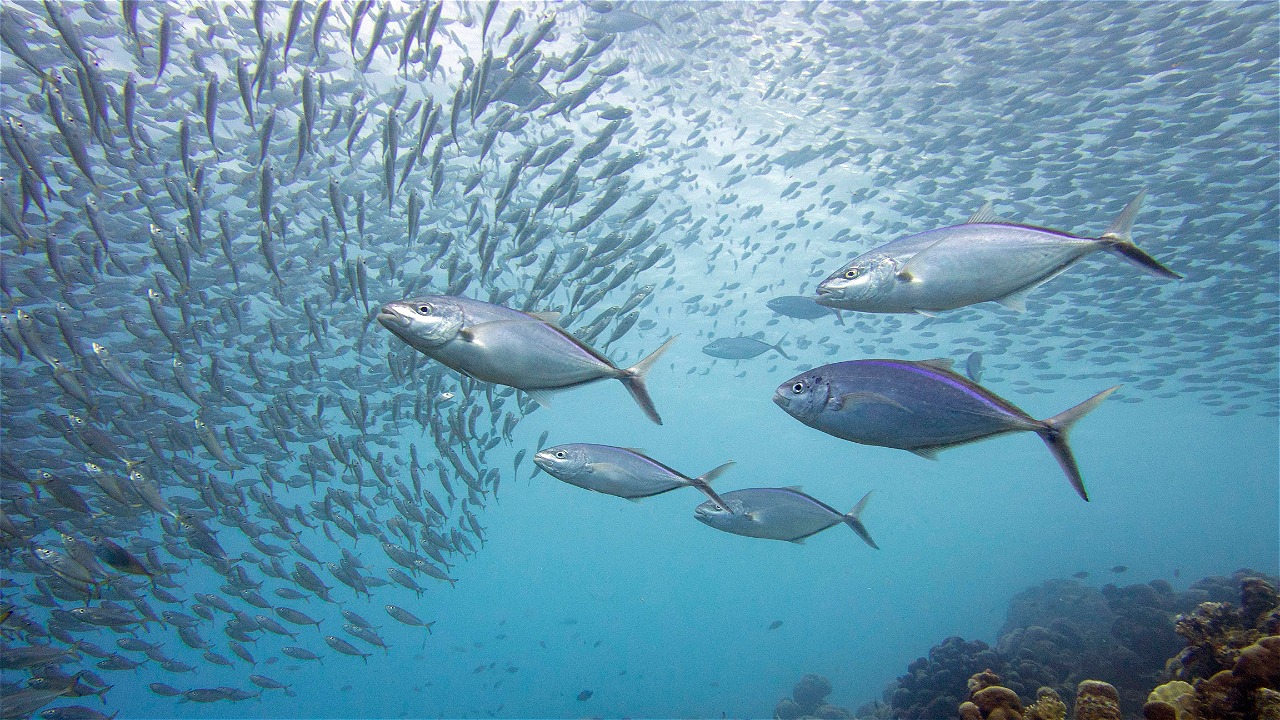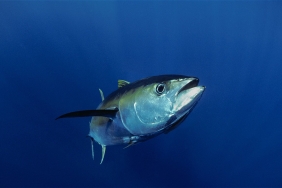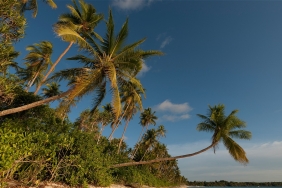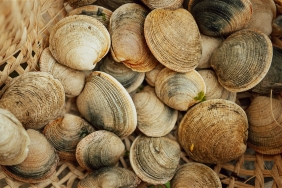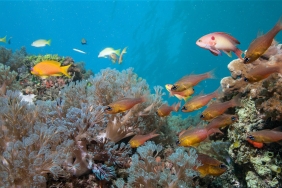FAD-BASED TUNA FISHERY ACTIVITIES IN SENDANGBIRU
By: Ovan Santoso and M Choirul anam (Capture Fisheries Assistant)
The Technical Implementation Unit of Port and Management of Marine and Fisheries Resources (UPT P2SKP) Pondokdadap, Sendangbiru, Malang, is one of the largest tuna landing centers in East Java Province. The geographical location of Pondokdadap harbor benefits from the presence of Sempu Island as a natural wave barrier. This condition provides security for the anchored vessels. The dominant vessels that catch tuna and skipjack are sloops with an average size of 12-20 GT (gross ton)using fishing rods and FADs. The slerek vessels with an average size of 30 GT use purse seine gear. The main catches of Sendangbiru fishermen are, albacora tuna (Thunnus alalunga), yellowfin tuna (Thunnus albacares), big eye tuna (Thunnus obeseus), and skipjack (Katsuwonus pelamis).
From 2010 to 2015 the production of catches from boats and slerek in Sendangbiru fluctuated. For skipjack, the highest production was in 2010 at 1,816 tons, the lowest in 2012 at 446 tons. For yellowfin tuna, the highest production was in 2014 at 1,505 tons, and the lowest was in 2012 at 501 tons.
The development of the utilization of FADs as fishing aids is increasing. It is estimated that there are hundreds of FADs used by Sendangbiru fishermen. This is also followed by increased fishing activities in the Southern Java Waters. The utilization of FADs and the potential of existing tuna resources if not accompanied by good management, will cause a decrease in catches and will have an impact on the sustainability status of tuna resources in the future. The installation of FADs that are not in accordance with the carrying capacity of the environment will also have a negative impact that can harm fishers in the long run. If the installation of FADs is too dense, it will cause tuna to move around the FADs more often.
Based on these conditions in January 2016, WWF-Indonesia in collaboration with (Faculty of Fisheries and Marine Science) FPIK Universitas Brawijaya conducted a survey to Sendangbiru to observe tuna resource utilization activities. From the survey results, it is necessary to conduct a study on the feasibility status of FAD-based tuna resource utilization. The effort aims to avoid the possibility of inappropriate policy making in tuna fisheries management. The cooperation runs until February 2017.
In order to gather information related to the use, in March 2017 WWF-Indonesia collaborated with the Tuna Fisheries Research Institute (LP2T) Denpasar, Bali, to conduct a study on the effectiveness of FADs in tuna fisheries landed in UPT Pondokdadap, Sendangbiru, Malang. The initial identification process included data on fishermen, population, fleet and tuna production in the previous year. Then, continued with data collection in the field. Broadly speaking, there are two data collection activities carried out from the results of the captain's interview, namely to explore information related to the technical aspects of fishing and fulfillment of biological data from the fish caught.
The number of boats landing as many as 10-20 boats if it is a busy fishing season, but will be very few if it is not a fishing season only about 3-6 boats per day. In addition, to determine the morphometric condition of the tuna caught using a growth model by analyzing the length and weight of the fish. The length measurement of ForkLLength (FL) was done randomly per species using a meter, while to measure the weight of fish using a scale with a maximum capacity of 5kg and 50kg. The results obtained for the fishing area are spread between 8-12 South Latitude and 110-114 East Longitude. While for one trip the lifeboat ranges from 7-13 days, the maximum FAD fishing is done between May-October. FAD restrictions and licensing need to be tightened in accordance with applicable regulations and require reporting of FAD installation points that have been installed.

